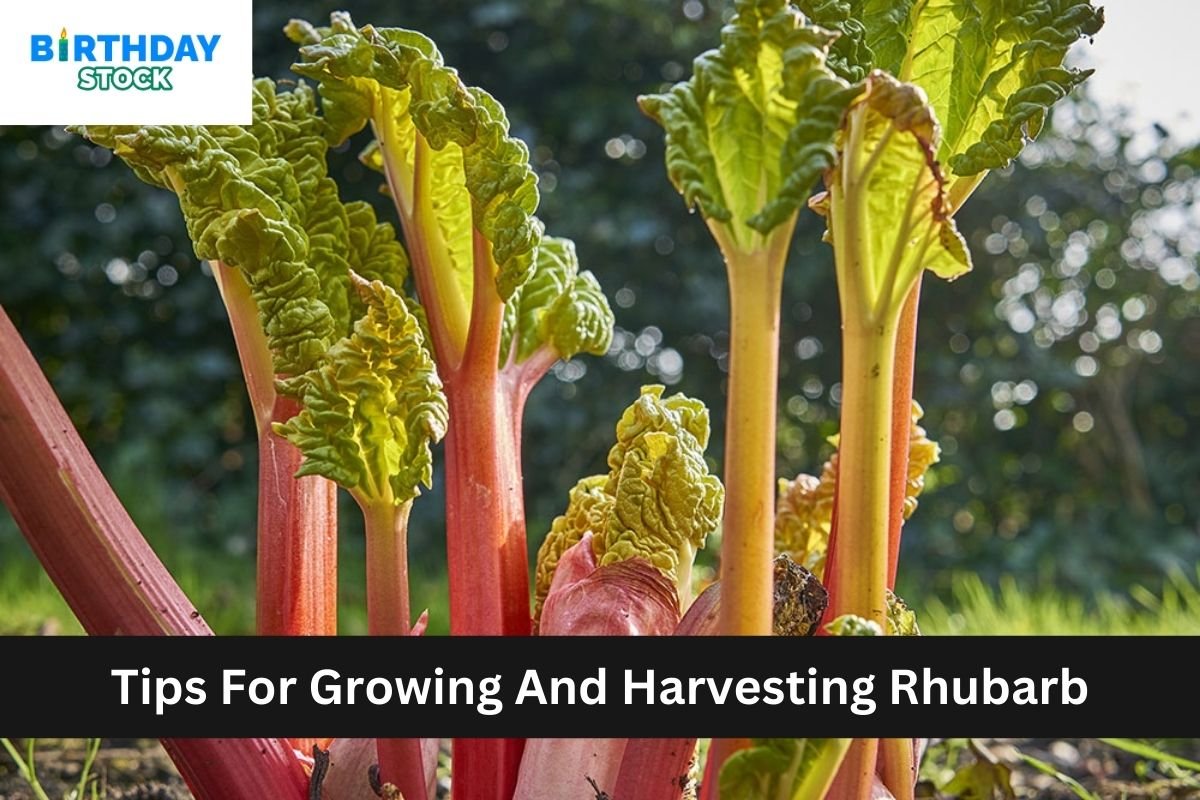Lantana Plant: Gloriously Bold And Brilliant Flowers : The lantana plant is a broadleaf evergreen shrub that grows as an annual or even as a houseplant in colder areas, although it may be cultivated as a perennial in warmer climates. Trailing varieties of lantana are gorgeous in hanging baskets, which may be cultivated outside for a portion of the year and taken inside when frost threatens.
Lantana Plant: Gloriously Bold And Brilliant Flowers
All About Lantana Plants
The tropical regions of South Africa, as well as South and Central America, are home to lantana plants. Because of this, lantana grows best in warm, humid climates. Although lantanas come in a wide range of kinds, they always require essentially the same maintenance.
The most popular kind among gardeners is lantana camara. With its dazzling red, orange, and yellow blooms, this perennial blooming plant is known to draw hummingbirds and butterflies. The very particular purpose of growing lantana flowers for many people is to draw these kinds of people to their yards.
Caring for Lantana
Although there are some requirements, lantanas are easy to care for. Once grown, they require very little upkeep and can withstand drought. Flowers from lantana plants can be grown in containers or in the garden. Continue reading to learn how to grow lantana!
Sun and Temperature
To encourage lantana flowers, place your plants in a bright area that receives at least 6 to 8 hours of direct sunlight each day. In regions with intense heat, partial shade is another option for growing lantanas. You will receive less flowers, though.
As a delicate perennial, lantanas cannot withstand a freeze unless they are being grown in their natural habitat. In USDA zones seven and higher, it can be cultivated as a perennial. It will be cultivated as an annual in cooler regions. If not, it will have to be moved indoors before the cold season hits.
It is easy to grow lantana plants in warm locations with consistently high temperatures above 60 degrees Fahrenheit. These plants can survive in arid settings with very poor soil and can withstand harsh conditions. For this reason, they are a common choice for landscaping in arid climates. Certain lantana types are deemed invasive in areas of Florida, Hawaii, Texas, and Australia.
Do not worry if you find it difficult to provide the right temperature for your lantana outside. You may grow lantana as a houseplant as well! In hanging baskets, the trailing lantanas have an extremely attractive appearance. They can also be planted in window boxes, which are convenient to carry indoors when the weather becomes chilly.
Soil
Lantanas are tolerant of many soil conditions. However, they do prefer slightly acidic soil. Well-draining soil is also a must. This can be achieved with the addition of amendments such as pine needles or coffee grounds. However, this isn’t necessary since lantanas are extremely adaptable.
In particularly dry climates, mulching around the base of the plant can help retain moisture and help you go longer between waterings. This is especially true when planting lantanas in sandy soil, which is so well-draining that it has trouble retaining moisture.
When you’re growing lantanas in containers, be sure to use high-quality potting soil. Potting soil mixes made for azaleas can be mixed with regular potting soil at a ratio of 50-50 to provide the acidity that lantanas prefer. If you’re concerned about the ph levels of the soil you can purchase a soil ph tester to help make the necessary adjustments. The ideal ph level for lantanas is between 6-6.5.
Troubleshooting
Although lantana plants are often trouble-free and even frequent pests tend to ignore them, there are a few potential warning signs to watch out for when cultivating lantana. Continue reading to find out how to recognize the warning indicators and resolve any potential problems.
FAQs AND QUESTIONs
Q: Will lantana come back every year?
A: Yes, lantana is a perennial plant.
Q: Why is lantana a problem?
A: There are over 130 species of lantana, and most are not considered to be invasive. Lantana montevidensis has become naturalized in California, and because of its ability to spread aggressively, choke out native plants, and grow in dense thickets, it has come to be classed as invasive in Florida, Hawaii, New Caledonia, New Zeland, and Australia.
Q: How poisonous are lantanas?
A: All parts of the lantana plant are poisonous. Avoid planting them in areas where small children and pets may come into contact with them.
Q: Is lantana annual or a perennial?
A: Lantana is a perennial in USDA growing zones 7 and above. It is sometimes an annual plant in cooler climates.
Q: How long will lantana last?
A: They will bloom from late spring into early fall. In frost-free climates, they may bloom later into early winter.
Q: Is lantana poisonous to touch?
A: Yes, the hairs on the leaves can cause contact dermatitis and minor skin rash. It is best to wear gloves when working around lantanas.















